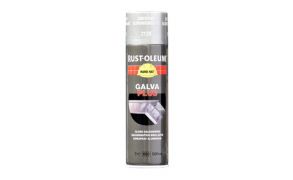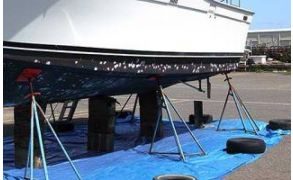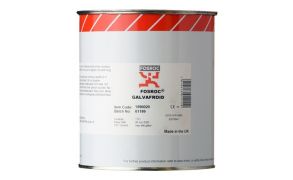£9.95 delivery on orders excluding certain products & postcodes *
Cold Galvanising For Boats
Teamac Boat and Marine Paints, Yacht Varnish, Antifouling Paints, Bilge Paint and Black Tar Varnish for Canal Boats
Our range of marine, boat and yacht products include a range of products produced by specialist marine paints manufacturer Teal & Mackrill Limited. Teal and Mackrill have been producing high quality marine coatings and antifouling paints since 1908, sold under the worldwide brand Teamac. As well as supplying marine coatings from Teamac, we also supply coatings from Coo-Var, Rustoleum, and Hempel.
Teamac themselves offer a wide range of products that includes gloss paints, undercoats, primers, antifouls, anti-slip paints and many more. Their New Antifouling D antifoul has been voted best antifoul and best buy by Yachting Monthly Magazine after independent tests on ten different market leading antifouls.
Promain are proud to make a donation to the Royal National Lifeboat Institution for every tin of Teamac Marine Paint that is ordered through us.
-
 Rustoleum Galva Plus Zinc 2120 Aerosol
Rustoleum Galva Plus Zinc 2120 AerosolRustoleum Galva Plus 2120 GALVAFROID galvanised zinc aerosol spray.
-
 Teamac P252 Zinc Rich Primer
Teamac P252 Zinc Rich PrimerCathodic Protection for Metal Teamac Zinc Rich Primer P/201/252 for metal, cold galvanising.
-
 Fosroc Galvafroid Anti Corrosion Galvanizing Paint
Fosroc Galvafroid Anti Corrosion Galvanizing PaintA zinc rich coating formulated as an easily applied, cold galvanising protector against corrosion on all ferrous metals.